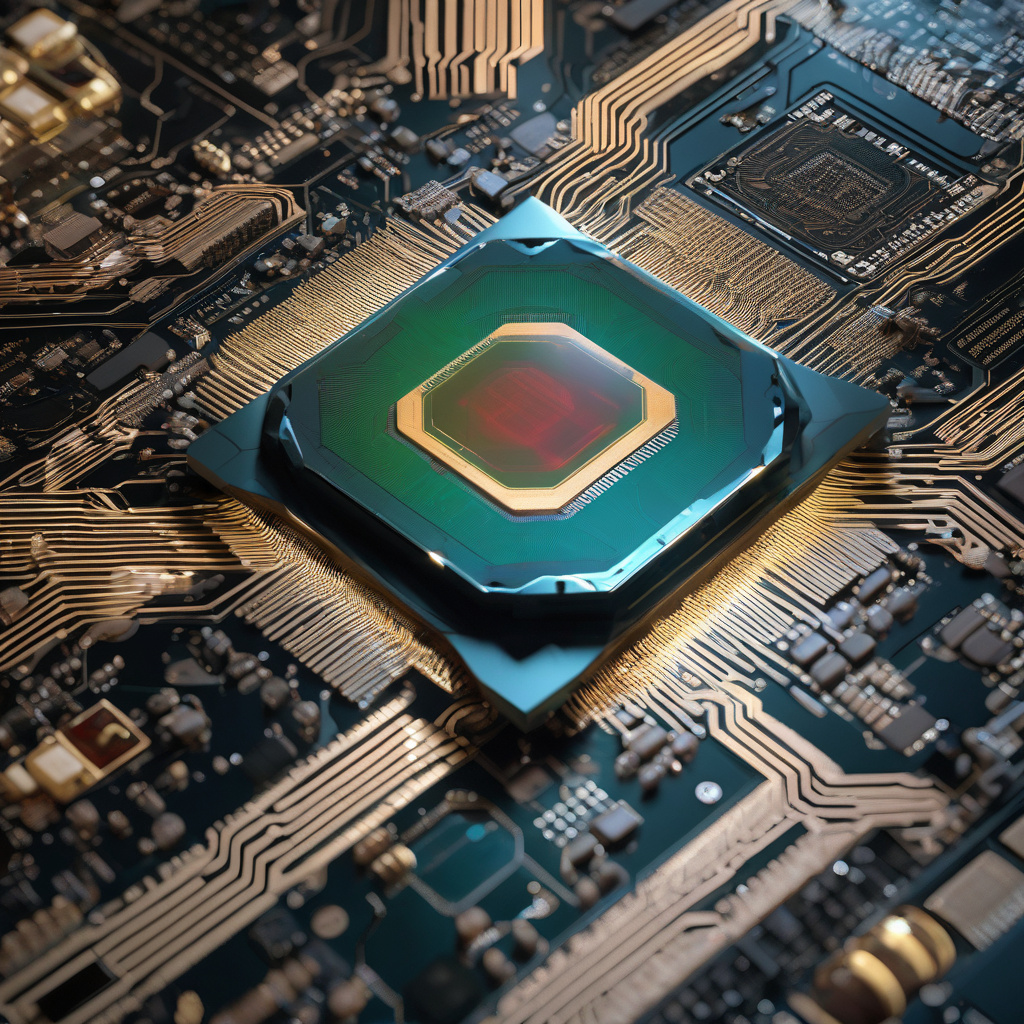Photonic Chips: Pioneering Sustainable AI Training Through Light Interference
In the realm of artificial intelligence (AI), the quest for sustainability and efficiency has been a driving force behind technological advancements. Recently, a groundbreaking development has emerged from the laboratories of Politecnico di Milano and its partners: photonic chips that leverage light interference to revolutionize AI training processes. This innovation not only promises faster and more efficient AI training but also holds the potential to significantly reduce the carbon footprint of AI systems.
Traditional AI training relies on electronic chips to perform complex calculations, a process that demands substantial energy consumption and generates heat. In contrast, photonic chips utilize light to manipulate data, harnessing the principles of interference to carry out computations. This not only reduces the energy required for training but also enables a significant increase in processing speed, marking a paradigm shift in AI technology.
One of the key advantages of photonic chips lies in their inherent efficiency. By exploiting the properties of light, these chips can perform calculations with minimal energy expenditure, paving the way for greener AI systems. The use of light interference allows for parallel processing of data, enabling multiple calculations to be executed simultaneously. As a result, AI models can be trained more swiftly, leading to significant time and energy savings.
Moreover, the integration of photonic chips into AI training processes can contribute to a more sustainable digital ecosystem. The reduction in energy consumption not only lowers operational costs for AI developers but also decreases the environmental impact of AI systems. As concerns about carbon emissions and energy efficiency continue to grow, the adoption of photonic chips represents a crucial step towards building environmentally conscious AI technologies.
The implications of this innovation extend beyond efficiency and sustainability, impacting the very fabric of AI capabilities. The speed and parallel processing enabled by photonic chips have the potential to unlock new possibilities in AI research and development. Tasks that were once considered computationally intensive or time-consuming can now be accelerated, leading to advancements in areas such as natural language processing, image recognition, and scientific simulations.
Furthermore, the scalability of photonic chips offers a glimpse into the future of AI technology. As the demand for more powerful and energy-efficient AI systems continues to rise, the integration of light-based computing solutions can address these evolving needs. By leveraging the unique properties of light interference, researchers and developers can push the boundaries of AI innovation, creating smarter and more sustainable applications.
In conclusion, the development of photonic chips for AI training represents a significant milestone in the journey towards sustainable and efficient digital technologies. By harnessing the power of light interference, these chips offer a compelling solution to the energy challenges faced by traditional AI systems. As researchers continue to explore the potential of photonic computing, we are poised to witness a transformation in AI capabilities that not only enhances performance but also prioritizes environmental responsibility.
#AI, #PhotonicChips, #Sustainability, #Efficiency, #Innovation
